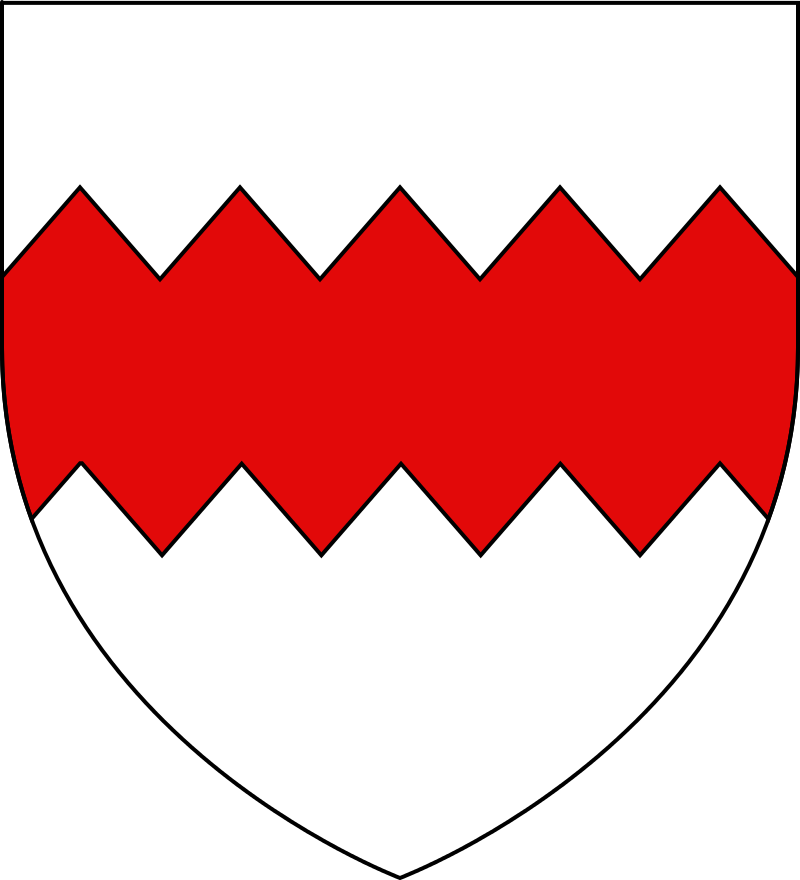The origins of the parish of il-Gudja date back to 1436 when bishop Senatore de Mello declared Bir Miftuħ a parish church. The chapel of Bir Miftuħ (literally translated would eman an open well), on the outskirts of il-Gudja, still bears witness to the birth of this beautiful southern village in Malta. Down the ages, at least seven other villages grew out of il-Gudja earning the village the Latin title of ‘Pluribus Parens’ meaning mother of many Children.
The parish church dominates the village of il-Gudja. Ready in 1666, the church was built on a plan designed by Architect Thomas Dingli. Later on, in 1858 a belfry was added to its designed by William Baker. A new façade with two other Baroque belfries was constructed in the beginning of this century thus making the church of il-Gudja a unique gem in Maltese architecture.
photo1
Walking around il-Gudja one is struck by the various landmarks which illustrates the history of this village. The tower of Tax-Xlejli built during the reign of the order of Saint John of Jerusalem in the midst of a palace known as Palazzo d’Aurel; a beautiful garden built under the British ruel now a private property; an old inscription on the façade of a house dating back to 1533; a number of limestone carved balconies overlooking the shaded streets of the village; carved statues in the main square depicting Saint Joseph and the Assumption; chapels with adorned with old and modern articles of silver and gold ware.
On the annuel ‘Festa’ day, which falls on the 15th August, the church and the village are marvelously decoreated offering to the villagers and the many visitors and tourists alike a taste of religious folklore unparalleled in many ways.





